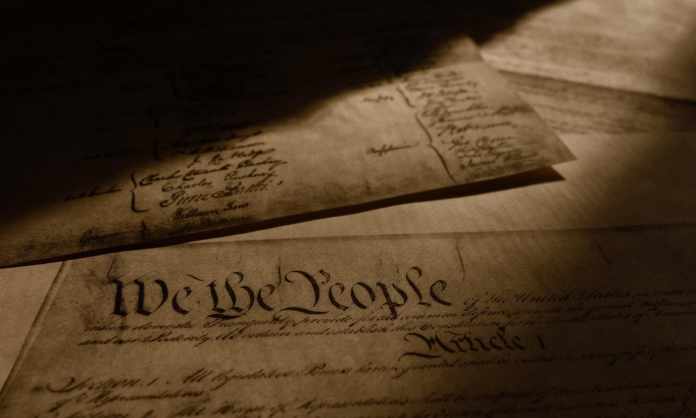With the 2020 Presidential election odds predicting a win for Democratic candidate Joe Biden, it can make you wonder how politics got itself into this form and structure. With the creation of the Electoral College and the US constitution, things have not always been as we know them today. The first ever Us election took place in 1789, with George Washington emerging as the unanimous winner, and swiftly being elected as the President at the first ever Us election.
Washington gained 69 of the electoral votes, winning the support of every single participating elector, at that time. Understandably, no other president since then has come into office with that much of a universal lead in the votes.
However, it took a lot to get to this point in American political history. First, two years prior, in 1787, the problem of how to elect a president was raised at the Constitutional Convention. The debate went on for months amongst the Founding Fathers, where they found themselves divided – some believed that Congress should pick the next president, whilst others insisted that it should go to a democratic popular vote. The Electoral College is the result of a compromise between these two opinions.
The Electoral College is a voting system that’s still in place today, in which a temporary group of electors are gathered to equal the number of representatives in Congress. Although technically, it’s these electors that are voting for the next president and not the American public. However, these days, their decision is usually dictated by the state polls. Now, the first candidate to get 270 of the 538 total electoral votes will prevail as the next President of the United States.
On January 7th 1788 the states were required to choose their electors, who would have to cast their votes a little less than a month later. On February 4th, the electors came together across ten states to cast their ballots. At this time, North Carolina, Rhode Island and New York had abstained from this process, with the former two states having not even ratified the Constitution. Of all 72 electors, all but three of these cast their votes. Each elector was given two votes to place – for the next president and vice president. As we mentioned, George Washington appeared on all 69 of the cast ballots, whilst almost half of these also pledged their support for John Adams, who was then elected as Vice-President.
Washington set off from his home in Mount Vernon on April 16th, travelling to New York City for his inauguration on April 30th. Somewhat similar to the way that they have rallies today, Washington was met by celebratory processions as he passed each town and village, with residents giving speeches, presenting banners and even laying on performances in some places. The actual inaugural ceremony was performed on Wall Street, near a spot that’s now documented by John Quincy Adams Ward’s statue of George Washington.
The following elections continued along a similar vein, with the subsequent 1792 election re-electing Washington into office, despite his bad health and reluctance. The public wants what the public wants!








